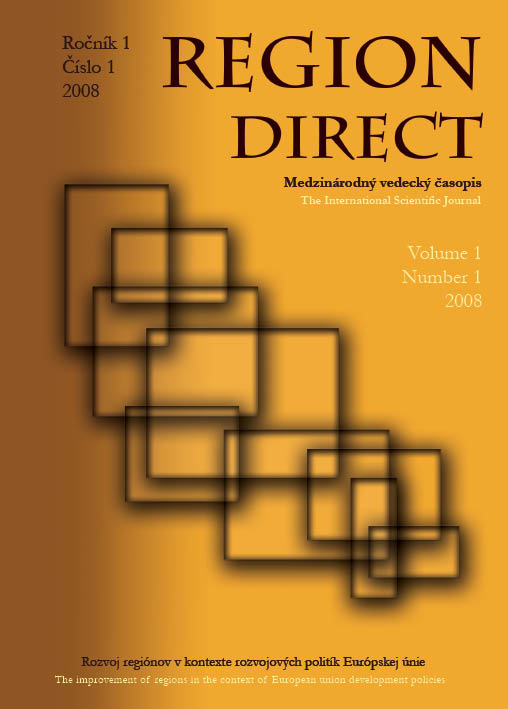Optimal Areas for planning, local economic development and transportation
Optimal Areas for planning, local economic development and transportation
Author(s): Paul CheshireSubject(s): Economy
Published by: Regionálne európske informačné centrum Banská Bystrica
Keywords: Policy Implementation; Land Use Planning; Local Economic Development; Transport Infrastructure; Spatial Spillovers
Summary/Abstract: Our systems of government, their boundaries and the areas of policy they control have tended to grow up in a very piecemeal and haphazard way. Although there is a presumption that competition between local jurisdictions increases choice in the provision of local public goods and is, therefore, to be recommended, this paper argues that that is only one of the relevant principles. There are reasons for not applying it to the provision of all local public goods. Apart from the practical issue that there may be significant restrictions, whether by regulation, cost of movement, culture or institutional constraints, on personal mobility, one needs to consider the spatial impact of the costs and the benefits derived from the provision of local public goods. In addition, there may be economies of scale or scope which favour the provision of certain types of local public goods or policies for fewer, larger spatial units. These considerations seem to be particularly relevant in the context of three forms of explicitly spatial policy: land use planning; local economic development; and transportation. In the case of the first two, it is primarily because of the extensive geographical impact they have and in the case of land use planning that the spatial extent of costs is local while that of benefits (of permitting development) extends to the whole spatial real estate market or cityregion. Thus leaving powers predominantly at the local level creates an inbuilt asymmetry in decision making favouring NIMBYism. In the case of growth promotion policies, spatial spillovers of gains and transactions costs involved in building effective growth promotion ‘clubs’ also imply that the most efficient tier of government for implementing such policies will be economically selfcontained metro-regions or Functional Urban Regions. This, too, is likely to be the most appropriate spatial unit for transport governance for those elements of transport systems that serve commuters, shoppers and local recreational trips. Thus, in all three cases there are arguments for implementation at an extended city-region level. If all three were implemented at a single level, moreover, this would have the further advantage of making co-ordination more likely, since all three fields of policy are interdependent.
Journal: Region Direct
- Issue Year: 2008
- Issue No: 1
- Page Range: 10-29
- Page Count: 19
- Language: English

